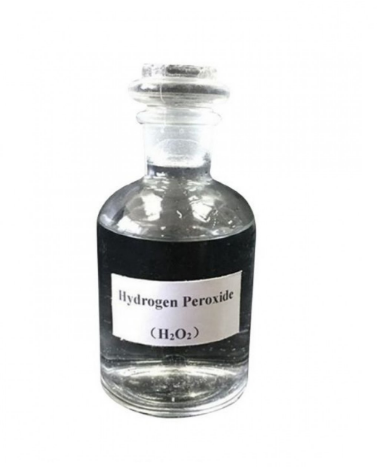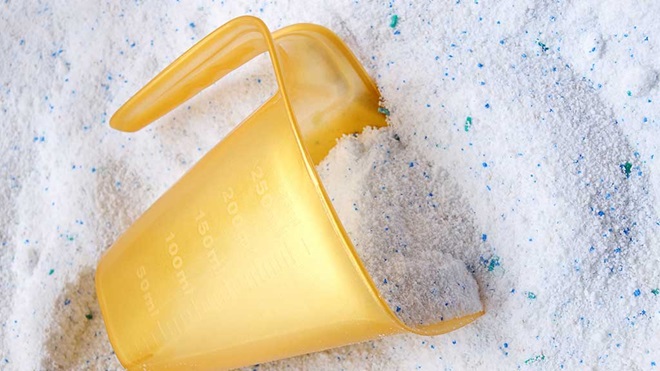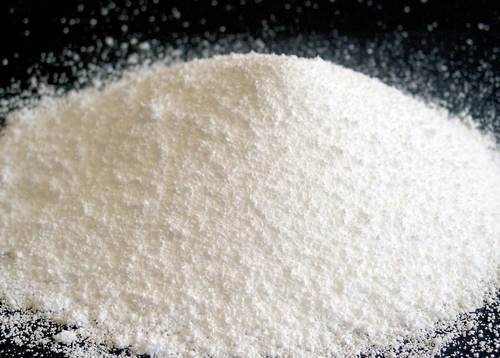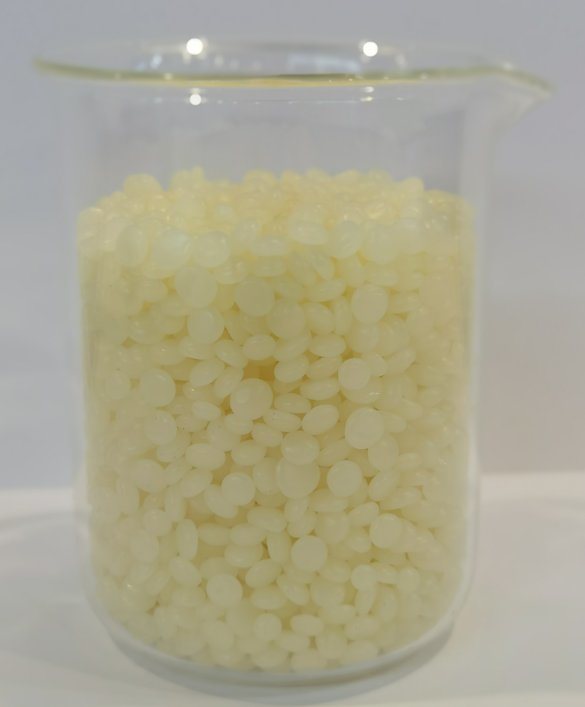Textile dyeing is a combination of several processes, including scouring, bleaching, dyeing, and finishing. Chemicals are the most important materials for textile dyeing, for both knit and woven fabrics. In this video, we will learn about the most commonly used chemicals and their uses in the dyeing and finishing process. Join us and enrich your textile knowledge.
Table of Contents
- Caustic Soda
- Peroxide
- Stabilizers
- Detergents
- Anti-crease agents
- Sequestering agents
- Enzymes
- Softening agents
- Leveling agents
- Fixing agents
- Acid
- Alkalis
- Salts
- Conclusion
Caustic Soda
Caustic Soda is widely used in the textile industry for scouring, mercerization, and dyeing processes. It increases the pH level and activates the molecules of the fabric, resulting in brighter and longer-lasting colors. Caustic soda is also used in the mercerizing process to increase the strength, luster, and dye affinity of the fabric.

Peroxide
Peroxide is used as a bleaching agent to remove the natural gray color of the fabric. Peroxide bleaching is a process that gives the fabric good hydrophilicity, making it readily absorb or dissolve in water and maintaining a constant degree of whiteness.

Stabilizers
Stabilizers are used to control and stabilize chemical reactions by inhibiting or slowing them down. They act as buffers, and sequestrants, and, in some exceptional cases, enhance the performance of the surfactant used in the bleaching bath.
Detergents
Detergents are widely used in the textile industry as wetting and cleaning agents. They are suitable for scouring, removing sizing materials and oil from fabrics, and soaping all fabrics, which confers excellent soaping fastness.

Anti-crease agents
Anti-crease agents are lubricating and crease-preventing agents for natural and synthetic fibers and their blends. They form a thin, uniform, protective coating around the fiber, lowering the surface friction and flexural rigidity, thus minimizing the formation of durable creases.

Sequestering agents
Sequestering agents are used in the finishing stage to eliminate water hardness and heavy metals such as iron and copper, which can affect the scouring process. Waiting agents accelerate the wettability of natural insulation, helping to ease the penetration of chemicals into the substrate. They are usually used in scouring, bleaching, and dyeing.
Enzymes
Enzymes are safely used in textile processes like decising, scouring, bleaching, dyeing, and finishing. They are used as a substitute for harmful chemicals, which pose environmental risks. Enzymes are biodegradable and anti-foaming agents and have proven to be the most effective and economical method in the textile dyeing and finishing industry.
Softening agents
Softening agents are one of the finishing agents, which give softness, better handle, drapery, and swing qualities to the fabric. They provide their main effects on the surface of the fabrics and are applied to fiber, yarn, or woven or knitted fabrics during the dyeing process.

Leveling agents
Leveling agents are surface-active agents and are chemically related to soaps, synthetic detergents, and wetting agents. They tend to slow down the dye uptake to the fibers, helping to produce a more uniform color in the textile fiber.
OBAs are normally used to enhance the whiteness of textiles. They convert ultraviolet light into a wavelength in the visible spectrum.
Fixing agents
Fixing agents are one of the important textile auxiliaries in the dyeing and printing industry, which can improve the color fastness of the dye on the fabric. They form insoluble colored material with dye, thus improving the color of washing, perspiration fastness, and sometimes its sun fastness.
Acid
Acid is considered one of the most important chemicals in textile processing. The most common acids used are sulfuric acid, widely used in washing and mordanting, carbonizing, or acid dyeing on wool, etc., hydrochloric acid, used in washing and dyeing, desalination, and scouring, etc., and acetic acid, used for dyeing and neutralization.
Alkalis
Alkalis are compounds that provide hydroxyl ions. The most common alkalis used in the textile industry are sodium hydroxide, used in scouring, mercerizing, dyeing, soap formation, and washing, and sodium carbonate, widely used in reactive dyeing. Calcium hydroxide is used to remove the hardness of water, for the formation of bleaching chemicals, modern, and indigo vat, etc.
Salts
Different types of salts are used in different processes for different purposes of textile dyeing and finishing. Sodium chloride is widely used as an electrolyte in reactive dyeing. Sodium nitrate is used as a wetting agent and desalination and is also used indirectly as a vat dye. Sodium sulfide is used as the reducing agent for the preparation of sulfur dye. Sodium sulfate is used for finishing cotton, direct acid, and sulfur dyeing. Sodium hydrogen sulfate is used to remove chlorine from silk and wool after bleaching and in the washing of protein fibers. Sodium acetate is used in wool dyeing with direct and acid dyes, and also during the stripping of wool and silk.
Conclusion
Understanding the chemicals used in textile dyeing and finishing processes is essential in achieving the desired results. Happy Chemicals, one of the leading producers and suppliers of textile chemicals in China and abroad since 1992, has a wide range of chemicals that meet international and national standards. With their strict QC inspection and a professional and expert technical team, they guarantee quality and consistency from batch to batch.

